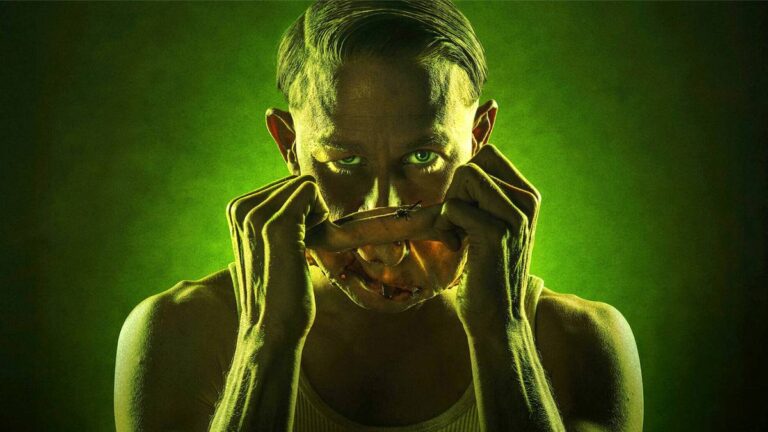Netflix’s latest entry in its crime anthology lures you in with moody visuals and a chilling atmosphere, but its storytelling muddies lines between fact and fiction. It argues that society feeds on infamy, yet the show’s own flourishes often feed the very hunger it pretends to critique.
Here’s a closer look at what’s factual and what’s invented in the eight-episode ride.
Was there a Bernice Worden romance?
In the series, Worden is cast as more than a victim, drawn into Gein’s world and into a romantic plot. In reality, Worden owned a hardware store in Plainfield and was one of Gein’s victims. No credible evidence supports a sexual or romantic relationship, and the gift-tag clue shown on screen was a fictional invention; investigators followed a straightforward lead based on a store receipt.
Adeline Watkins’ role in Gein’s crimes
The show frames Suzanna Son’s Adeline Watkins as a dangerous accomplice, whispering ideas and driving Gein toward violence, with a separate New York thread about harassment. The real Adeline Watkins existed but left little contact with Gein; there’s no solid evidence she played a role in his crimes.
The Evelyn Hartley storyline
The plot about a babysitter named Evelyn Hartley is entirely fictional. Hartley disappeared in 1954, and there’s no evidence tying Gein to her case. Investigators looked at Gein because he was in the area, but he was cleared when no body surfaced on his property.
Did Gein mutilate and have sex with corpses?
Gein did desecrate and preserve parts of bodies, fashioning items like masks and a “woman suit.” However, there’s no evidence that he engaged in sexual acts with the corpses. The historical account emphasizes ritual and fixation rather than erotic behavior, and Gein himself denied sexual assault, noting the odor deterred him.
Did Gein kill his brother Henry?
The show depicts a deadly confrontation with his brother Henry in the family barn. Real life records show Henry Gein died in circumstances that remain murky, and Gein was the first to report his brother’s body. This is one of the few liberty-taking moments in the series that still contains a kernel of truth about Henry’s fate.
The chainsaw moment
Later, a chase with a chainsaw mirrors genre conventions and nods to Texas Chain Saw Massacre. In truth, the disappearances of Victor Travis and Raymond Burgess in 1952 are not linked to Gein, and authorities cleared him after investigation.
Nazi fascinations and Ilsa Koch
The show ties Gein to Ilse Koch, using the idea of human-skin atrocities to deepen horror. There’s no evidence of a direct link between Gein and Koch; he did read about war crimes, but the connection is speculative and exaggerated for effect.
Gein and Ted Bundy
By the finale, the drama acknowledges that Gein did not help Bundy catch him. Bundy studied other killers, including Gein, and drew inspiration from the era, but the arc of Gein collaborating with profilers is fictional.
What the show really accomplishes
Monster’s ambitions to unsettle the legend of Gein are clear, but the eight-episode run often trips over its own contrivances. It delivers striking imagery and moments of pathos, yet its relentless fiction risks amplifying the very myth it seeks to debunk. The larger takeaway: audiences gravitate to these tales for entertainment, not truth, and the show’s impulse to fictionalize real horrors raises uncomfortable questions about our appetite for sensational crime stories.
Source: https://collider.com/monster-the-ed-gein-story-true-story-lies/



